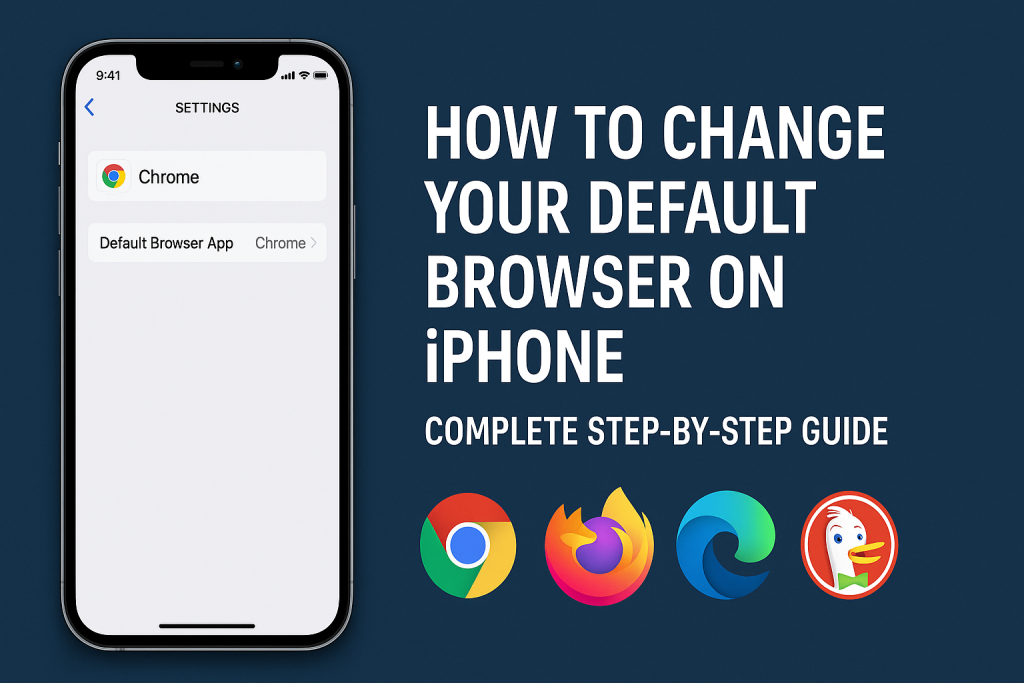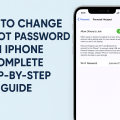Why Change Your Default Browser on iPhone?
Since iOS 14, Apple has given users the freedom to change their default browser from Safari to other popular options like Chrome, Firefox, DuckDuckGo, or Microsoft Edge. This change empowers users to personalize their browsing experience and streamline how web links open across email, messages, and other applications.
Switching your default browser can enhance productivity, privacy, and convenience. If you prefer features like Google account syncing in Chrome or enhanced privacy in DuckDuckGo, making that browser your default ensures all web links open where you want them. Understanding how to set your preferred browser allows you to fully tailor your iPhone to your digital lifestyle.
Moreover, with browser competition heating up, many apps now offer unique features such as ad blocking, cross-device sync, and privacy controls. Learning how to change your default browser on iPhone is the first step to unlocking these benefits.
Prerequisites: What You Need Before Changing Your Default Browser
Before you can set a new default browser, you’ll need to ensure a few requirements are met. Not every browser is eligible, and your iPhone must be running the correct version of iOS.
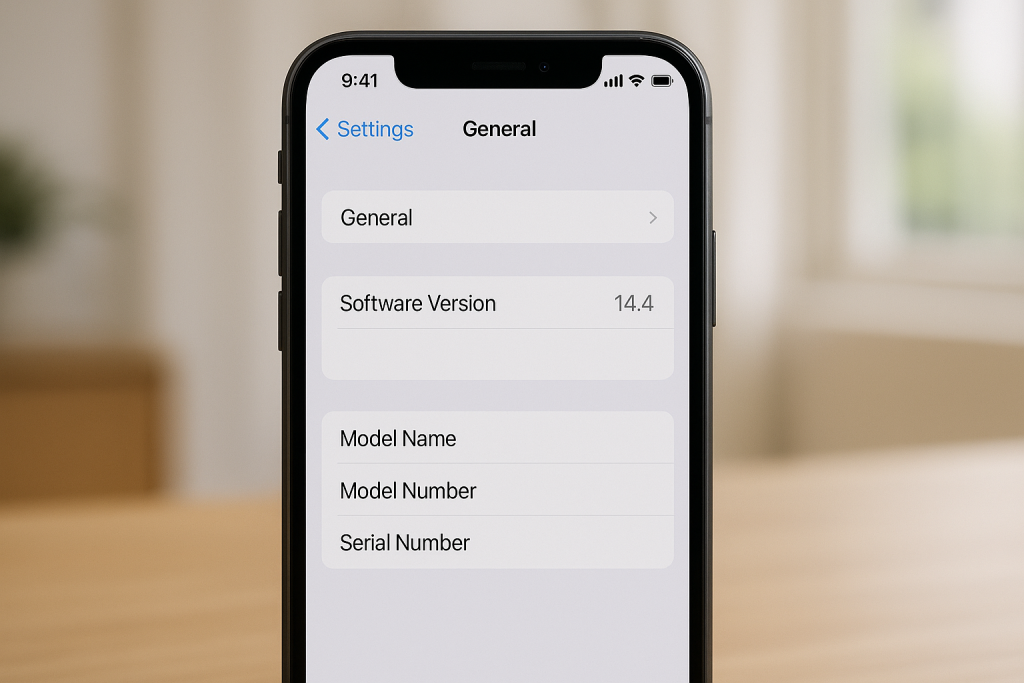
Check Your iOS Version
Changing the default browser is only possible on iOS 14 and later. To verify your version:
- Open the Settings app.
- Tap General > About.
- Look for Software Version. If it’s 14.0 or higher, you’re ready to proceed.
Install a Compatible Third-Party Browser
Only browsers updated to work with iOS’s default browser feature can be set as default. Popular options include:
- Google Chrome
- Mozilla Firefox
- Microsoft Edge
- DuckDuckGo Privacy Browser
- Brave Browser
Head to the App Store and download your preferred browser if you haven’t already.
The Step-by-Step Process to Change Your Default Browser on iPhone
Once you’ve installed your browser of choice, changing your default browser on the iPhone is a straightforward process. Here’s a complete, step-by-step walkthrough for any supported browser.
Step 1: Open Settings
Begin by launching the Settings app from your iPhone’s Home Screen.
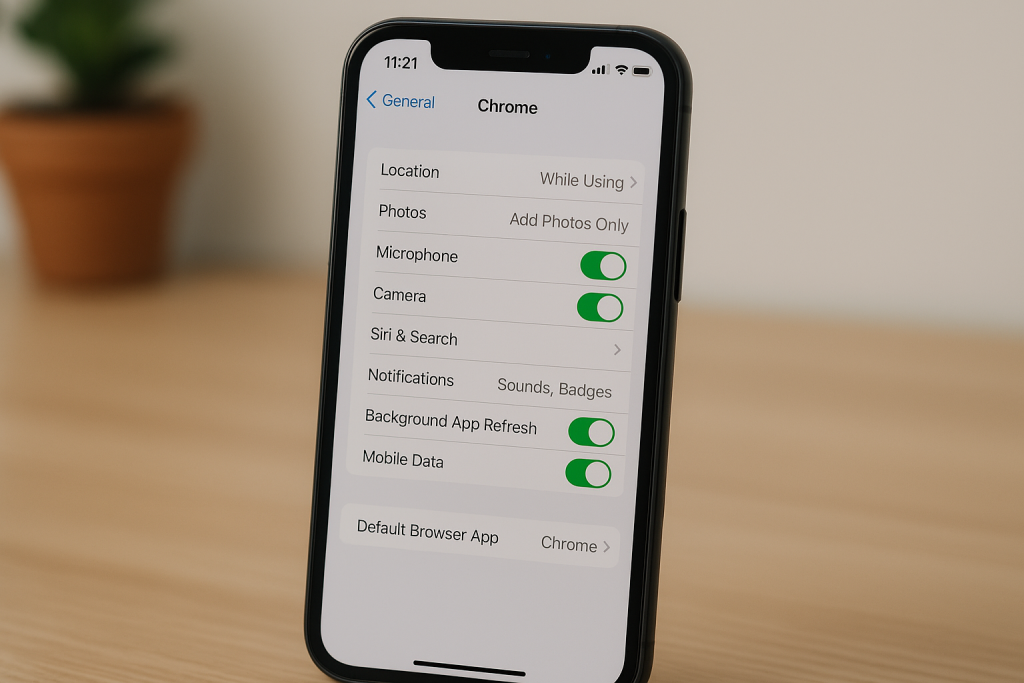
Step 2: Scroll Down and Find Your Browser App
Scroll through the Settings menu until you locate the browser you wish to set as default, such as “Chrome,” “Firefox,” or “Edge.” Tap on its name to access the app’s settings panel.
Step 3: Tap ‘Default Browser App’
Within the browser’s settings menu, find and tap the option labeled Default Browser App.

Step 4: Select Your Preferred Browser
A list of eligible browsers will appear. Choose your desired browser from the list. A checkmark will indicate your selection.
Step 5: Confirm Your Default Browser
That’s it! Going forward, all links you tap in apps will open in your newly set default browser.
Popular Browsers and Their Unique Features
The iPhone App Store offers a variety of alternate browsers, each designed with distinct features and benefits. Here’s a closer look at some top choices and why you might want to make one your default.
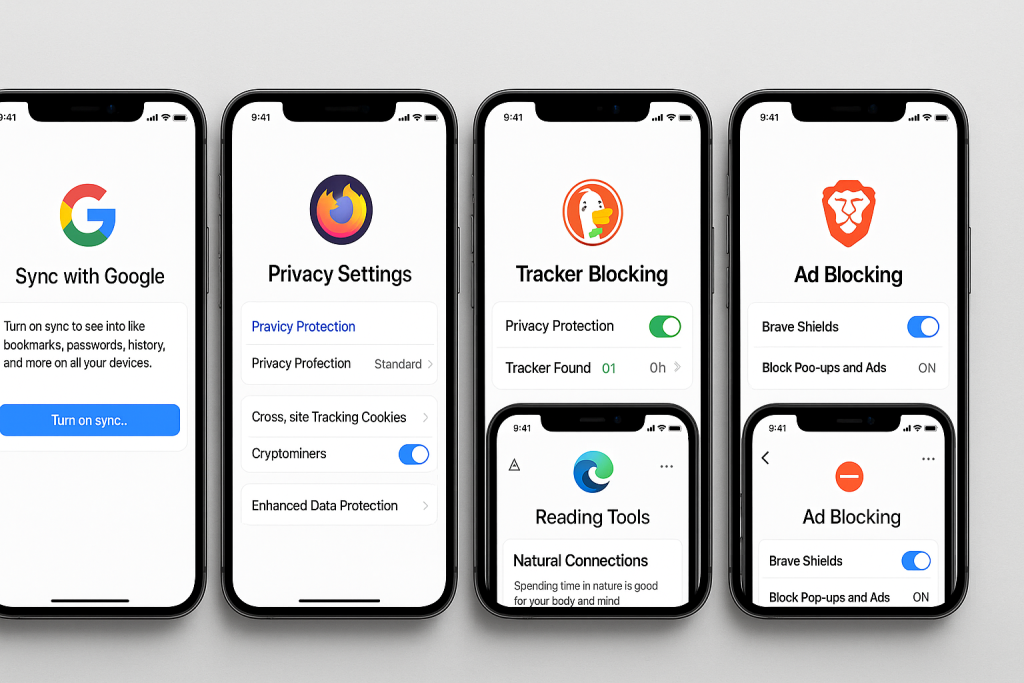
Google Chrome
Google Chrome offers seamless integration with Google accounts, allowing access to saved bookmarks, passwords, and tabs across all devices. It’s perfect for users deeply embedded in the Google ecosystem.
Mozilla Firefox
Mozilla Firefox is renowned for its open-source nature, privacy controls, and tracking protection. Syncing across devices is simple, and there are customizable privacy and security features for advanced users.
DuckDuckGo Privacy Browser
DuckDuckGo focuses on maximum privacy. It blocks trackers, doesn’t store browsing history, and uses DuckDuckGo’s search engine by default. Ideal for those who value data anonymity.
Microsoft Edge
Microsoft Edge has made waves for its speed, cross-platform sync, and integration with Microsoft services. Features like Collections and built-in reading tools also set it apart.
Brave Browser
Brave stands out for its native ad blocking, privacy features, and performance optimization. Users looking for a smoother, ad-free experience may find Brave especially appealing.
Troubleshooting: What to Do If You Can’t Change the Default Browser
Sometimes, users encounter issues setting a default browser. Here are practical solutions for common problems:
Browser Not Showing Up in Settings
If your newly installed browser isn’t appearing in the Settings menu, ensure it’s updated to the latest version. Developers continue to roll out compatibility updates, so check for updates in the App Store.
‘Default Browser App’ Option Missing
If you don’t see the Default Browser App option, double-check your iOS version. Remember, only iOS 14 and above support custom default browsers. Updating your device may be necessary.
Setting Doesn’t Stick
Occasionally, the default browser setting may revert after a software update or app reinstallation. If this happens, simply repeat the steps above to reassign your preferred browser.
Tips for Getting the Most from Your Default Browser
Switching browsers opens the door to improved browsing efficiency and privacy. Here are five expert tips for making the most out of your new default browser:
- Enable Sync Across Devices: Log into your browser’s account to synchronize bookmarks, tabs, and history across your phone, tablet, and computer.
- Adjust Privacy Settings: Review your browser’s privacy options. Many allow you to block trackers, clear cookies automatically, or use private browsing modes by default.
- Explore Extensions and Add-ons: Some browsers like Firefox and Edge offer add-ons for password management, ad blocking, and enhanced productivity.
- Customize Homepage and Search Engine: Set your favorite websites or preferred search engine as your default for quicker access.
- Stay Updated: Regularly update your browser app for the latest features, performance improvements, and security patches.
Frequently Asked Questions About iPhone Default Browsers
Does Changing My Default Browser Affect Safari?
No. Safari remains installed, and you can use it at any time. Changing the default browser simply means web links from other apps open in your chosen browser instead of Safari.
Can I Change the Default Browser Back to Safari?
Yes. To revert to Safari, repeat the previous steps and select Safari as your default browser in the Settings menu.
Are There Any Risks or Downsides?
There are no significant risks, but some websites may work best in Safari due to Apple’s deeper system integration. However, all major browsers are well-supported on iOS and receive regular updates.
Conclusion: Enjoy a Personalized Browsing Experience
Learning how to change your default browser on iPhone empowers you to choose a browsing experience that fits your needs and preferences. With iOS’s openness to third-party browsers, you gain access to more features, privacy tools, and customization options than ever before. Simply follow the steps outlined in this guide to take full control of your mobile web experience.
Whether you crave speed, privacy, or seamless syncing, setting your preferred browser as the default is a quick adjustment that delivers lasting benefits. Embrace the flexibility and make your iPhone browsing experience truly your own.
